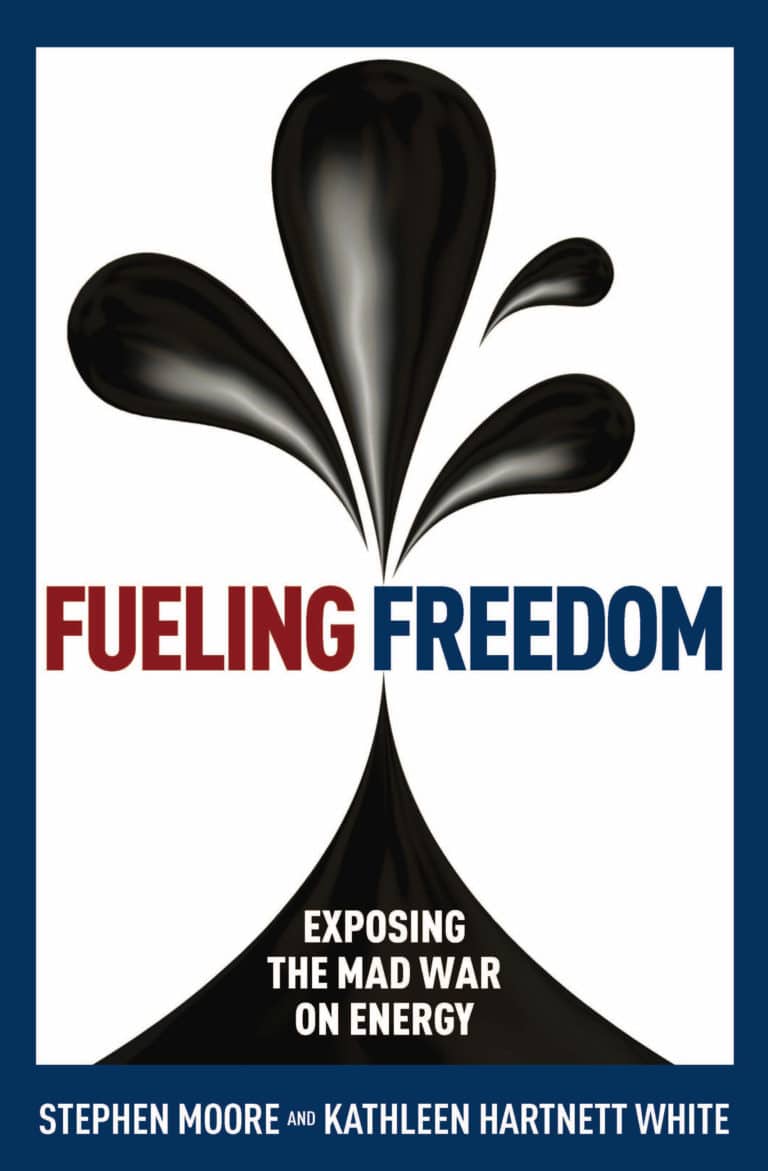The Atomic Show #028 – Passive safety features
The new generation of nuclear power plants that are being considered are simpler machines with features that depend on physics rather than automation to provide safety.
The new reactors designs that will be built in the US (and perhaps in countries like the UK, Japan, and China) are refined versions of the first and second generation plants that are now operating. There has been a great deal of effort put into reducing the number of components, the reliance on electrically powered safety systems, and in providing means of cooling that rely on physical principles like natural circulation instead of pumps.
One benefit of these new designs is to provide more time for operators to take action in unusual situations another is to reduce the cost of licensing, construction and operation.
Here are links to some of the sources that Shane and I used while we were preparing for the show and during our discussion.
Regis Matzie’s AP-1000 presentation to Tulane University – September 26, 2003
NRC Backgrounder on new plant designs
NRC ESBWR design certification status page
We hope that you enjoy the show. New plants design experts – please help us correct any technical errors that you hear.
Podcast: Play in new window | Download (Duration: 50:19 — 17.3MB)
Subscribe: RSS



Did either of you guys pick up the interview on the Popular Mechanic podcast with the spokesman for the union of concerned scientists? His assertion that the AP1000 was less safe because it used fewer materials in its containment vessel made me laugh.
http://media.popularmechanics.com/audio/PopMechShow8COMPLETE.mp3 (near the end)
PS Thanks for the spoiler alert on RadDecision Shane I had to pull my head phones off quick as I just started reading it.
You mentioned the BWR control rods inserted from the bottom in this podcast. In the BWR I’ve heard described, the control rods actually are designed to default into the reactor. They a sitting on a compressed air feed that will push them into the reactor in case of a drive motor failure. If the pressure is lost in the air line, there is even a gravity-feed tank of boric acid solution above the reactor.
Daniel; I haven’t caught that one. I’ve got 15 subscriptions, and even with 90 minutes of commuting every day, I staill can’t wade through my unplayed shows fast enough! It doesn’t surprise me that UCS is making those claims, though. Go find one of Bernard Cohen’s books where he uses UCS estimates of reactor accident probabilities to prove that, even under _unbelievably_ pessimistic assumptions, fission still beats out coal for safety. Apologies also for the short spoiler notice; one of those things where I just keep blathering on without thinking that I’m ruining the book for people. Apparently I blathered long enough to give you fair warning!
Jeff; you’re right. I’d forgotten all about the compressed air drive safety rod systems that are used on BWR’s when I was doing my background reading. I’d not thought about them in a while, and it showed on the show. Nice catch. Incidentally, one of the two independent safety systems used in CANDU reactors also uses a pressure-injected neutron poison, though it’s a lot more exotic than boron: gadolinium! It has an absolutely _huge_ thermal neutron adsorption coefficient; CANTEACH has a nice diagram of it, too.
http://www.nuclearfaq.ca/cnf_sectionD.htm#q2
http://canteach.candu.org/imagelib/34000-SDS/CANDU_SDS2_Flowsheet.pdf